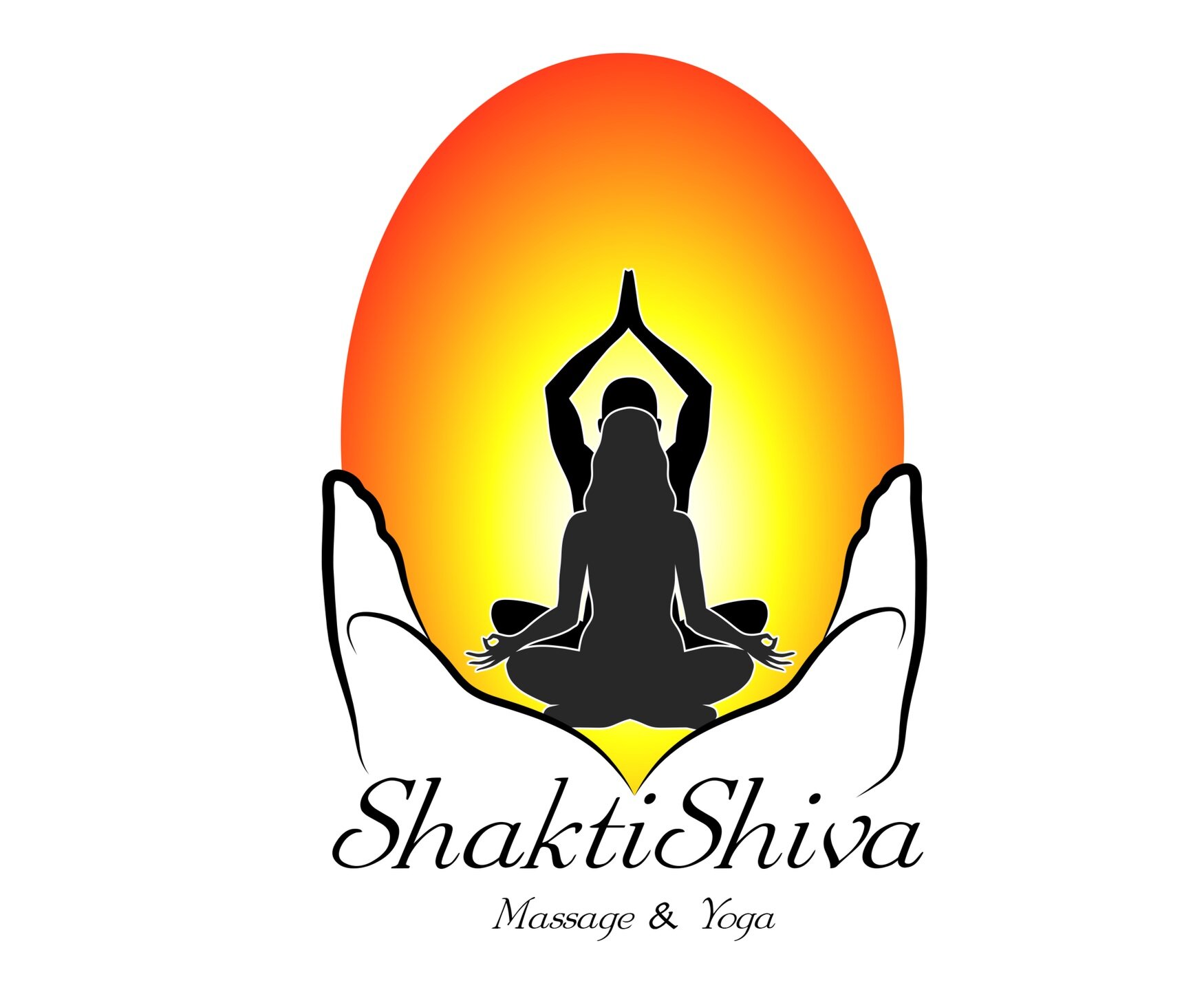The Body as One
/Let’s travel back to wonderful High School anatomy class. We learned about the body by separating it into bones, muscles, organs, and systems (the toe bone connected to the foot bone, foot bone connected to the heel bone, heel bone connected to the ankle bone...) as if we are put together like parts of a machine. The issue with looking at the body in segments is you start to look at the body’s movements as separate actions and don’t take into consideration what the rest of body is doing. Take for example a simple seated forward fold. This stretch is meant for the hamstrings, right? Go ahead, sit on the floor with your legs extended, feet together, and hinge forward at your hip joint keeping your spine long then relax your head. Where do you feel stretching? Back of your legs? Lower back? Neck? Jaw? If this stretch is for your hamstrings why are you also feeling it in those other areas? BECAUSE EVERYTHING IS CONNECTED!
We are not just put together muscle to muscle, bone to bone; our fascial system, which the medical industry used to ignore and strip away during dissections to get to the ‘important stuff’, has been shown to be an all encompassing ‘web like’ system that surrounds and penetrates everything from our individual cells to muscles and organs to our bones integrating our bodies into a whole, not segmented parts. We grow out of a tiny sac of fascia called our embryo! Deane Juhan writes, “(fascia) contains many specialized structures, but it is really all one piece, from scalp to soles and from skin to marrow. If all the other tissues were extracted, the (fascial) framework alone would preserve the three-dimensional human form in all its details.”
Why should non-bodyworkers care you ask? Because the people in the healthcare field that still look at the body in segments will be looking at your pain in segments as well, your shoulder hurts so lets treat the shoulder. John F Barnes writes, “the word symptom, derived from Greek, means ‘sign’ or ‘signal’. Symptoms are not the problem, however, but signs of the problem, and treating them does not necessarily affect what they are signaling.” In other words, we need to look at the whole body to determine where the symptoms are stemming from, aka the cause… treat the symptoms by treating the cause. During a recent consultation, my client was explaining her hip issue and the options her doctor gave her. The doctor said she needed a hip replacement, she refused, so he had her go to physical therapy. The PT also said that her pain/symptoms would only go away with the surgery, but when she refused again they offered her a cortisone shot. She distinctly remembers them mentioning that if her pain went away with the shot it was proof that her hip was the issue and surgery was the next step. After the initial anesthesia wore off her pain returned immediately. So, this doctor was going to do major surgery, a hip replacement, to rid her of her pain when her pain was not stemming from her hip at all.
When looking at the body as one unit it allows us to make connections we wouldn’t have seen if we were focused just on the symptoms. We also see each body as unique and different understanding that the cause of pain in one person is not the same for the next. A shoulder issue in one person can be due to a collapsed arch while another person with the same symptoms might have a tight psoas. If we would just treat the shoulder the patient’s relief would be brief and down the road be given the same option as my client above, surgery, with the symptoms most likely returning shortly after. I have been working with this client for many weeks now and the improvements I have seen just in her walk are amazing. She is also standing up straighter and she says her mood has increased tremendously because of the more mobility she is noticing.
I understand that people do need surgery occasionally but the amount of recurrence of the initial symptoms or even more issues is alarming proving that some doctors do not see the full picture. I ask that before surgery make sure you have truly tried all options so that it doesn’t become just another band aid.
Namaste
Stayed tuned for The Body as One, part 2 where I will delve into the mind-body connection.


